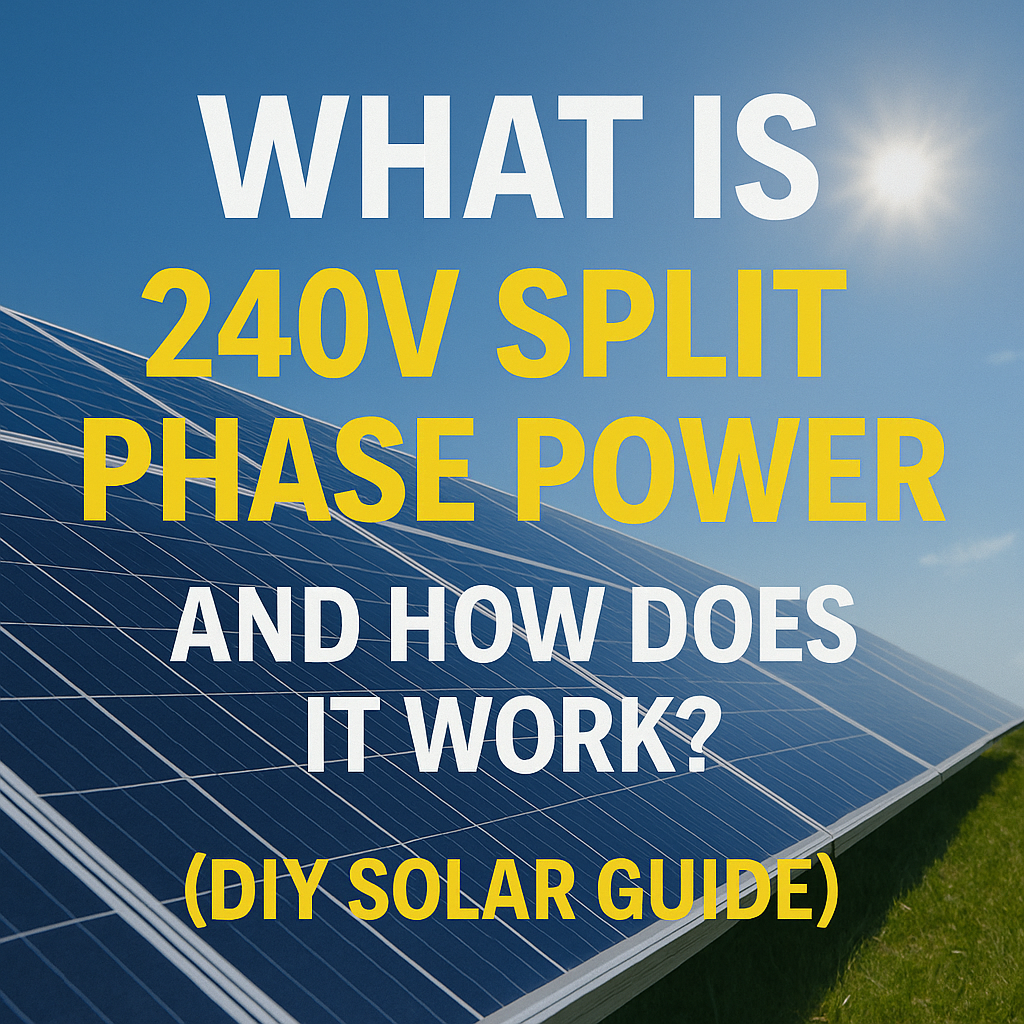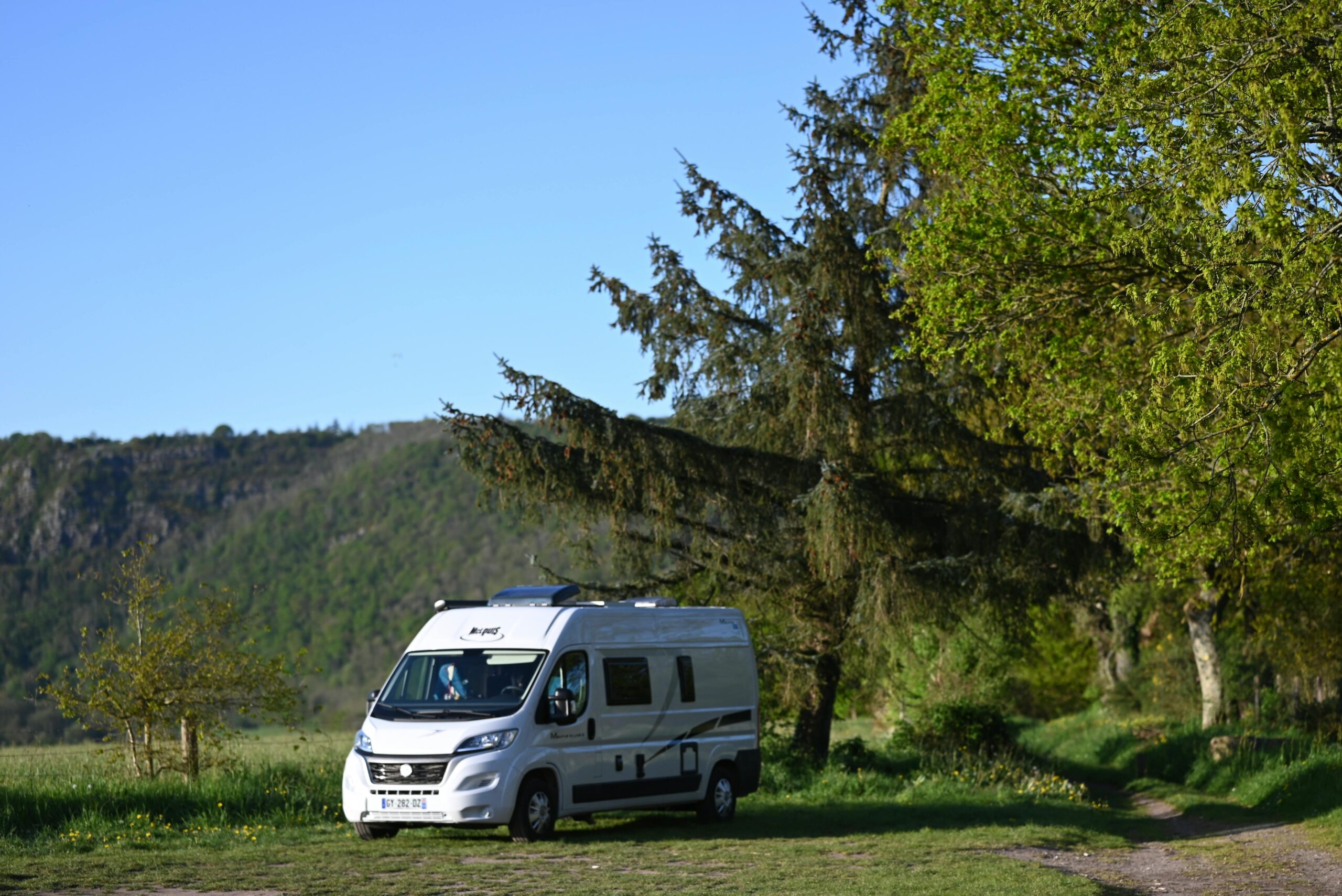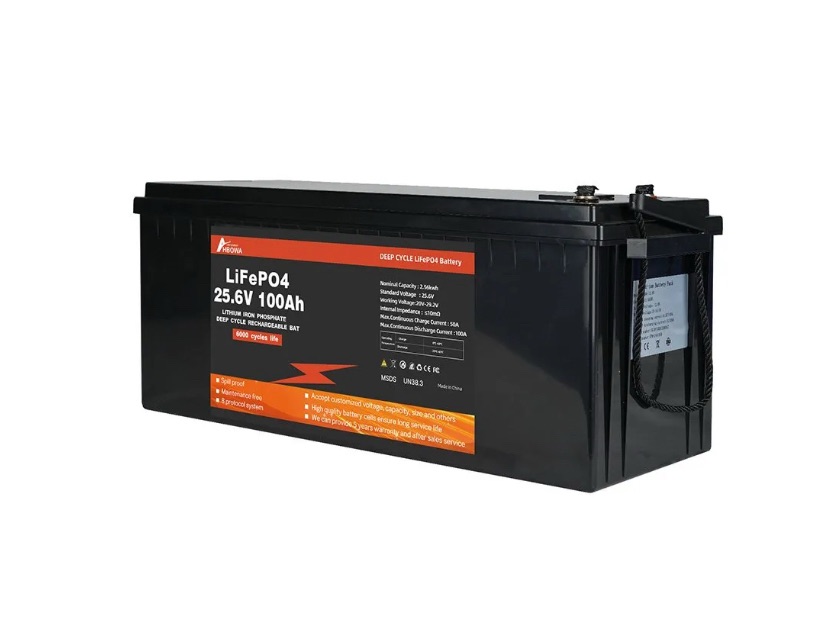In this guide, we’ll break down what 240V split phase power is, how it works, and why it matters—especially if you’re powering a whole house or running high-voltage appliances like well pumps, air conditioners, or electric ovens.
⚡ What Is 240V Split Phase Power?
Split phase power is a type of AC (alternating current) electrical system commonly used in North American residential homes. It’s called “split phase” because it involves two hot wires (L1 and L2) that are 180 degrees out of phase with each other.
These two hot wires, along with a neutral wire, form a 120/240V power system that allows homes to use both:
- 120V circuits (for outlets, lights, TVs, etc.)
- 240V circuits (for large appliances like dryers and water heaters)
🔍 How Does It Work?
Here’s a simplified explanation:
- The utility (or inverter) provides two 120V AC hot lines: L1 and L2.
- These lines are 180 degrees out of phase. When one is at its voltage peak, the other is at its lowest point.
- The voltage difference between L1 and L2 equals 240V.
- The neutral wire sits between the two phases and acts as a return path for 120V loads.
You get:
- 120V from L1 to Neutral
- 120V from L2 to Neutral
- 240V from L1 to L2
🛠️ Real-World Example
Let’s say you have:
- A refrigerator that needs 120V → it connects between L1 and Neutral
- An electric oven that needs 240V → it connects between L1 and L2
This setup gives you the flexibility to power everything in your home from a single system.
☀️ How Does This Relate to DIY Solar Systems?
If you’re building an off-grid or hybrid solar system and plan to power a typical U.S. home, you’ll need split phase output to match your home’s panel.
That means:
- You need an inverter (or pair of inverters) that can output 120/240V split-phase AC
- You’ll be able to power all types of appliances, not just 120V ones
- You can connect the system to a breaker panel just like utility power
🔌 Split Phase vs. Single Phase — Quick Recap
🔧 Can You Get 240V from a Solar Inverter?
Yes, but only if the inverter is split-phase capable.
✅ Options Include:
- Dedicated split-phase inverter (like the EG4 6000XP or Growatt SPF 6000T DVM)
- Two single-phase inverters in parallel, configured for split-phase output
- Transformer-based solutions (less common in DIY setups)
If you’re powering a home with 240V appliances, be sure to check this feature when buying your inverter.
🔋 Battery Voltage ≠ Output Voltage
One common confusion: Your battery bank might be 48V DC—but your inverter can still output 120/240V AC. The inverter handles the conversion, so your battery voltage doesn’t limit you to 12V or 24V appliances.
🏠 Why 240V Split Phase Is Standard in the U.S.
In the early days of electricity, the U.S. chose this split-phase system as a compromise:
- It allowed low-power devices to safely run on 120V
- But also allowed higher-power devices to run more efficiently on 240V
- It reduced current in wires (and thus heat), making it more efficient for homes
So, if you’re building a home-based solar system in North America, split phase is the standard to aim for.
✅ Final Thoughts
If you want your DIY solar system to power your entire home—including your AC, well pump, and electric dryer—you need to understand how 240V split-phase power works. It’s not just about voltage; it’s about compatibility with your home’s electrical panel and appliances.
Before buying your inverter or connecting anything to your main panel, double-check that your system:
- Supports 120V + 240V output
- Matches your breaker panel type
- Can handle the combined wattage of your 120V and 240V loads
💬 Still have questions about split phase or 240V solar setups? Drop them in the comments—we’re here to help make DIY solar simple.




